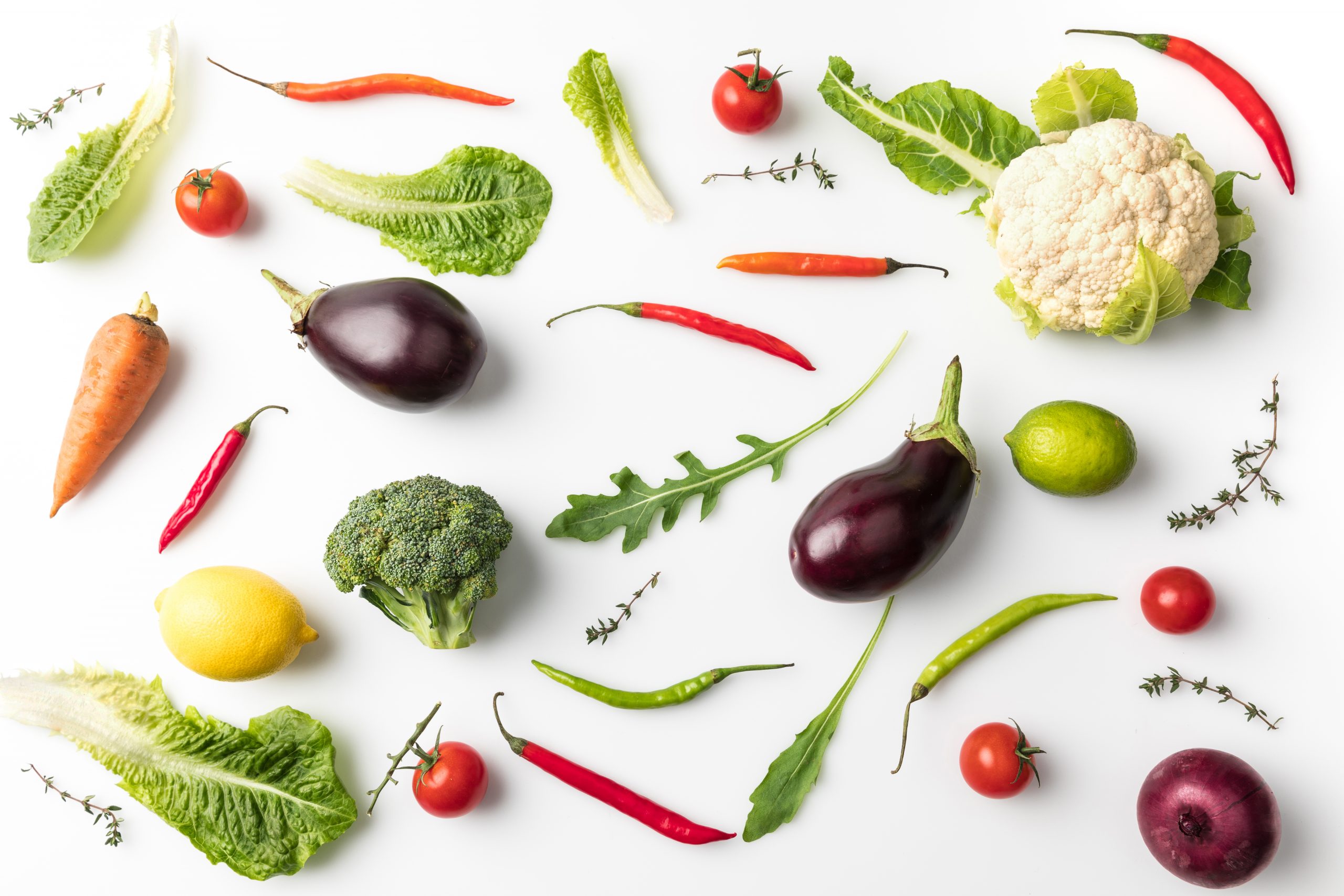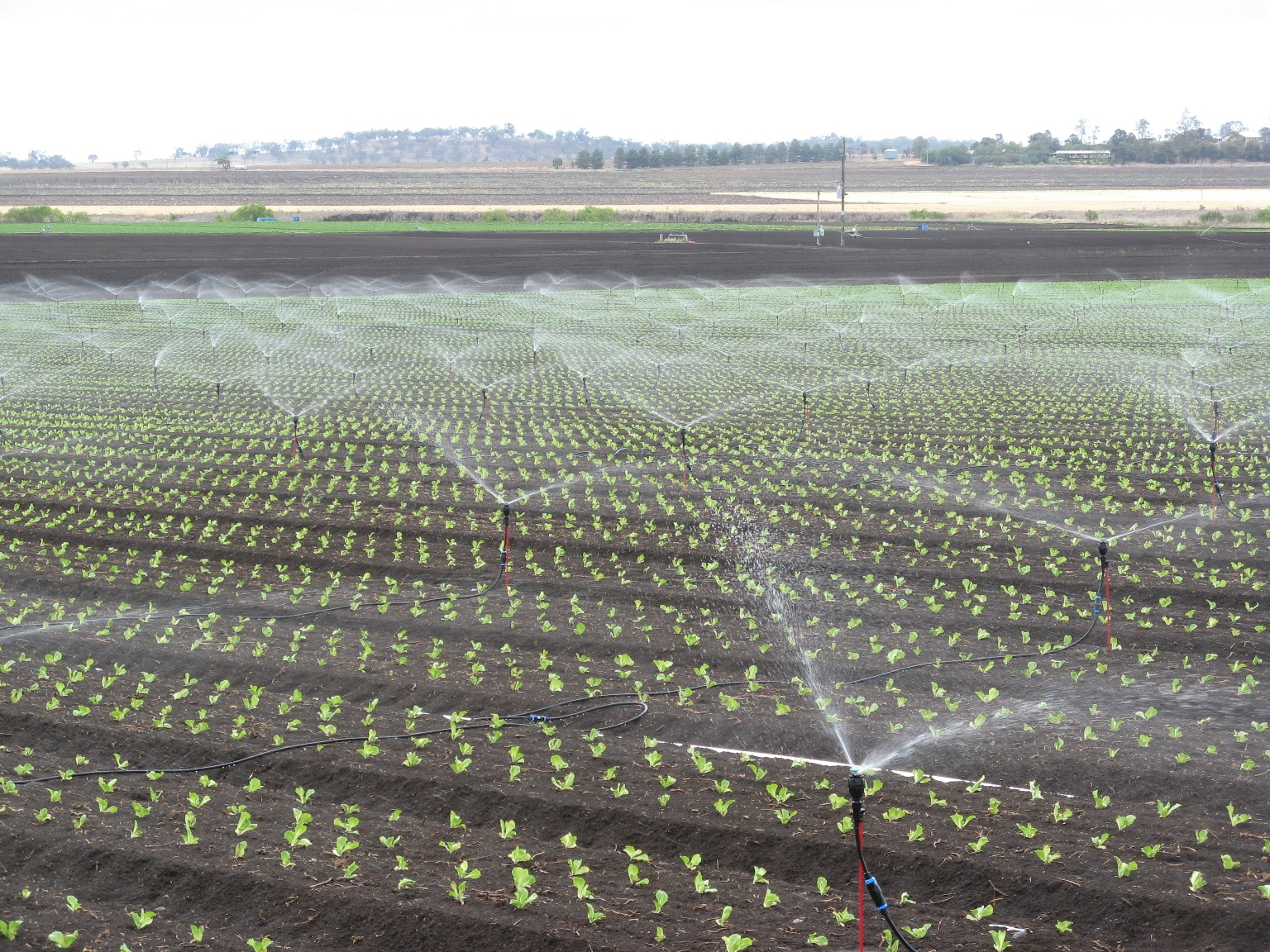
Boosting vegetable consumption through diet (VegEze)
27 July 2020
The effects of using anhydrous ammonia to supply nitrogen to vegetable crops
27 July 2020Project VG14048 was completed in 2016 by Hort Innovation, Irrigation Australia Limited, New South Wales Department of Primary Industries and Greater Sydney Local Land Services.
Introduction
In 2013-14, the Australian vegetable industry used just over 383,000 megalitres (ML) of irrigation water to produce a gross value of irrigated agriculture of $2.52 billion, resulting in the second-highest water productivity of all irrigated industries.
With the impacts of climate change and increasing competition for water from a range of other industry and urban/peri-urban communities, the need for greater water use efficiency has never been more crucial.
Australian vegetable growers today face very specific challenges in producing a highly perishable crop and, as a result, are generally less likely or slower to adopt and/or update irrigation technology compared to other agricultural industries.
About the project
This project was developed to give Australian vegetable growers an understanding of available and emerging irrigation practices, and technologies that could improve profitability and encourage the uptake of more efficient water practice.
The key outputs of this project, led by Irrigation Australia Limited, included the document Review of current vegetable irrigation technologies – Desktop Review and Project Extension.
This document contains the results of the desktop review undertaken by the New South Wales Department of Primary Industries – which involved surveys with growers, researchers, allied industry and manufacturers – and workshop evaluations, along with other supporting documents. Three YouTube videos were also produced to support the extension activities on vegetable farms in Tasmania, Queensland and New South Wales.
The YouTube videos are available on the Irrigation Australia website.
Major findings
A variety of irrigation systems are currently being used for field vegetable production in Australia. These range from fixed/solid set, surface and drip/trickle systems to centre pivot/lateral moves and soft/hard travelling irrigators. Growers are using sprinkler irrigation for crop establishment combined with drip irrigation following establishment.
Geoff Harvey, National Training and Marketing Manager at Irrigation Australia, said the project also found a moderate uptake of drip irrigation in short cycle crops, with drip irrigation trials on lettuce crops in Victoria’s Gippsland region out-yielding travelling irrigator blocks.
“If carefully integrated into the crop and farm context, drip irrigation can offer major production, disease prevention and labour-saving benefits for vegetable growers,” he said.
“System automation also has a high application, particularly in field vegetables and when farms are located a long way apart. For example, one grower saved one full time equivalent in labour by adopting an automation system.”
Also proving effective is variable rate irrigation (VRI), which Mr Harvey said had the potential to improve crop water productivity, save energy and reduce runoff.
“Using variable rate irrigation for centre pivot irrigators can precisely vary the amount of water applied to a field, however, consideration must be given to the increased management and backup support needed,” he said.
Mr Harvey said non-drain sprinklers, solar pumping, automating surface irrigation systems, tracking nutrient movement to save money, the importance of an irrigation design and minimum tillage were also seen as viable options to improve water productivity in some areas.
However, there are barriers to the adoption of some irrigation technologies, particularly in short season crops (four to six weeks) and where farms were leased.
“Greater uptake of irrigation technologies has generally occurred in longer season crops (eight to 15 weeks) and larger scale vegetable production areas such as Tasmania,” Mr Harvey explained.
“When changing their irrigation systems, it is important that growers consider a holistic management approach – this will influence soil management, weed control, bed design and disease management.”
Precision irrigation technologies such as drones and robots had potential application but needed further investigation.
“The need for ongoing technical and agronomic support is critical when investing in new technologies or management practices, especially if growers are looking to maximise its potential benefits,” Mr Harvey said.
Next steps
A comprehensive social research program is recommended to identify the specific barriers to adoption of irrigation technologies and management practices in the Australian vegetable industry. Future work would focus on impediments to adoption of irrigation technologies, targeting specific technologies for adoption in certain crop groups and the use of minimum tillage and permanent beds on drip-irrigation.
A full version of the report is available on the Irrigation Australia website.
The bottom line
Simple visual tools for irrigation are preferred by growers and must be easy to install, set up and interpret. Some growers have dis-adopted certain technologies due to lack of perceived value of moving to more efficient tools.
Rising energy costs are a concern for all growers, highlighting the importance of investing in energy-efficient irrigation equipment.
Technical support is critical for growers when investing in new irrigation technologies or management practices.
Further information
The final report for this project is available on the InfoVeg database.
This project was a strategic levy investment under the Hort Innovation Vegetable Fund. VG14048 was funded by Hort Innovation using the vegetable research and development levy and contributions from the Australian Government.
Image courtesy of Irrigation Australia Limited.
This article first appeared in Vegenotes 59 – March/April 2017. You can download the publication here.

